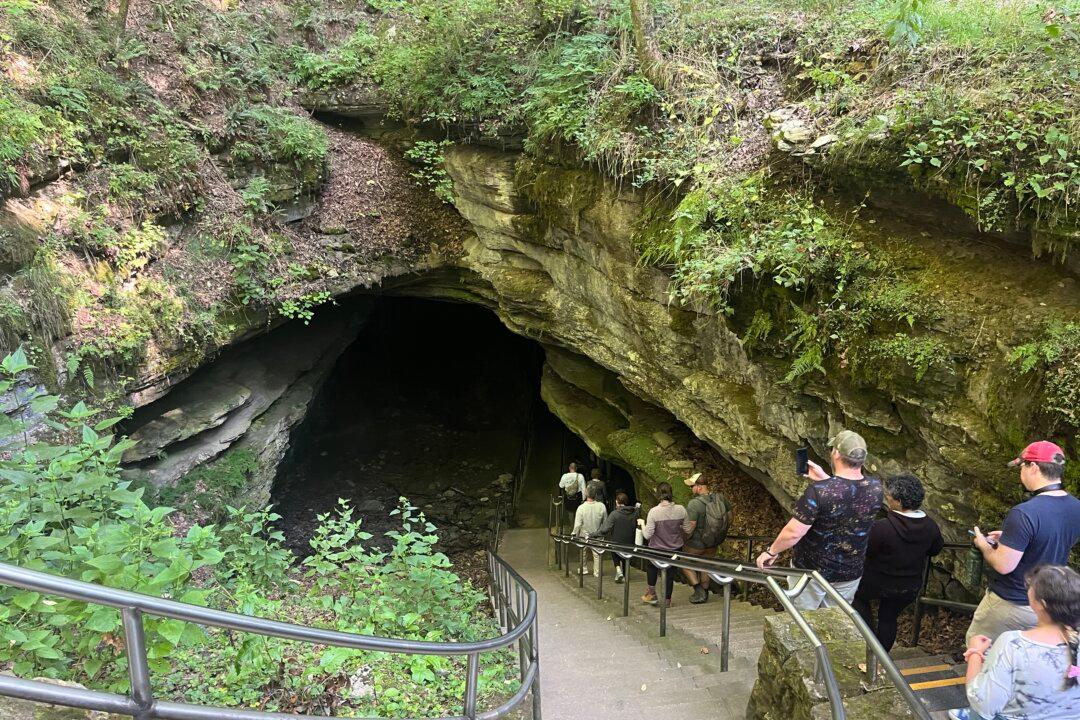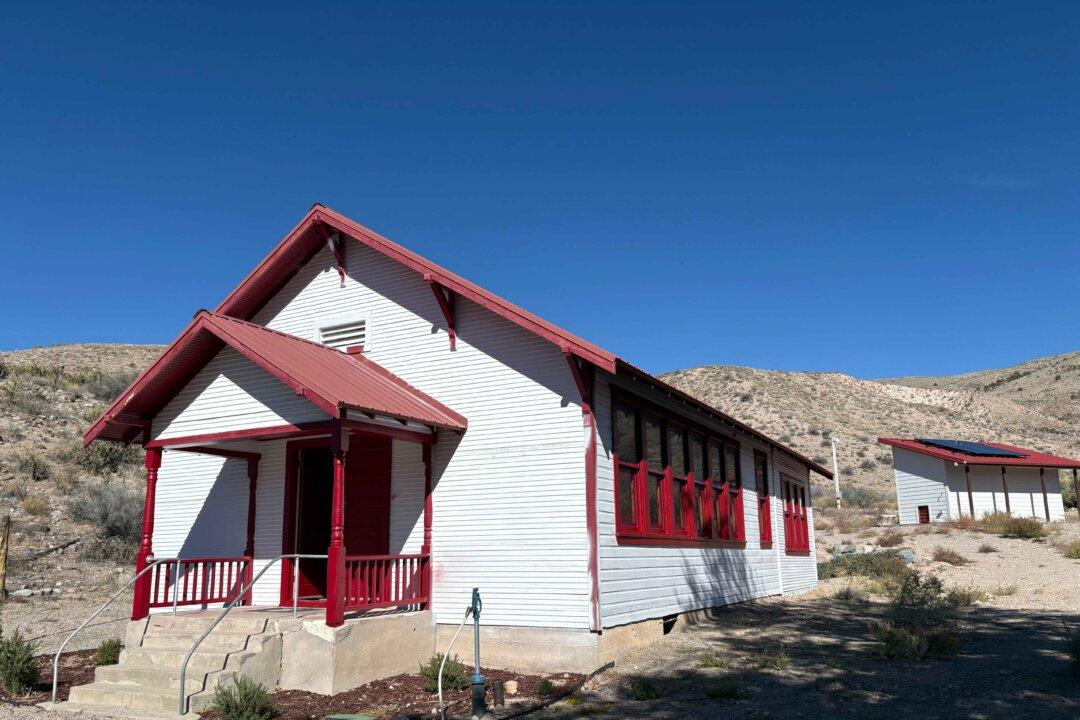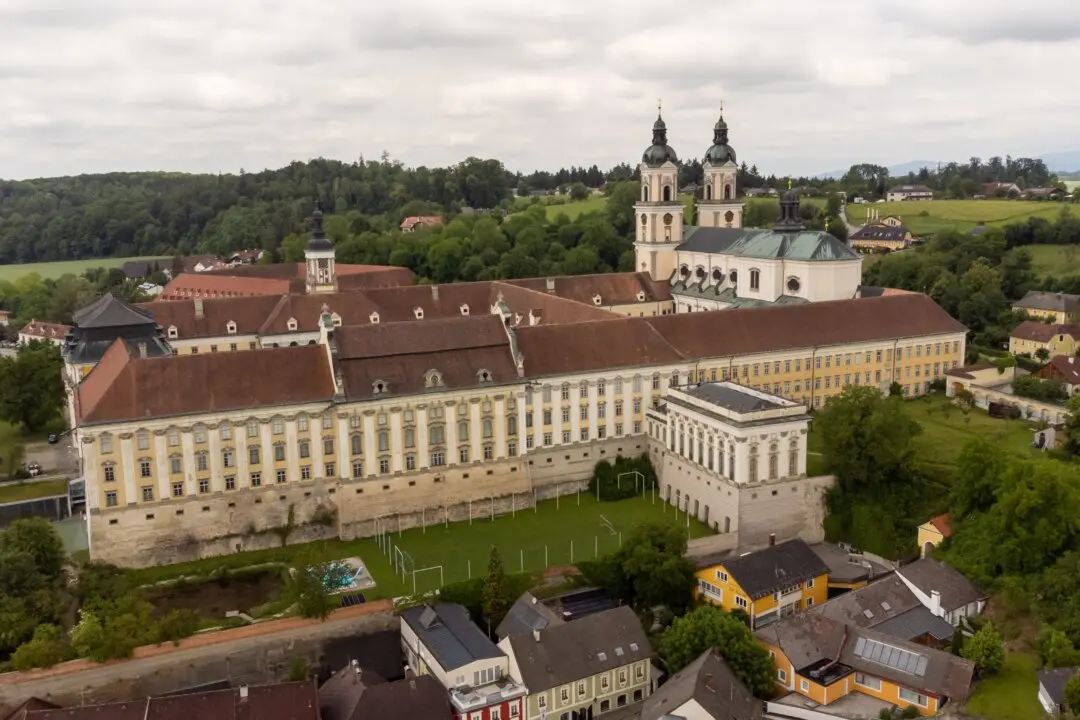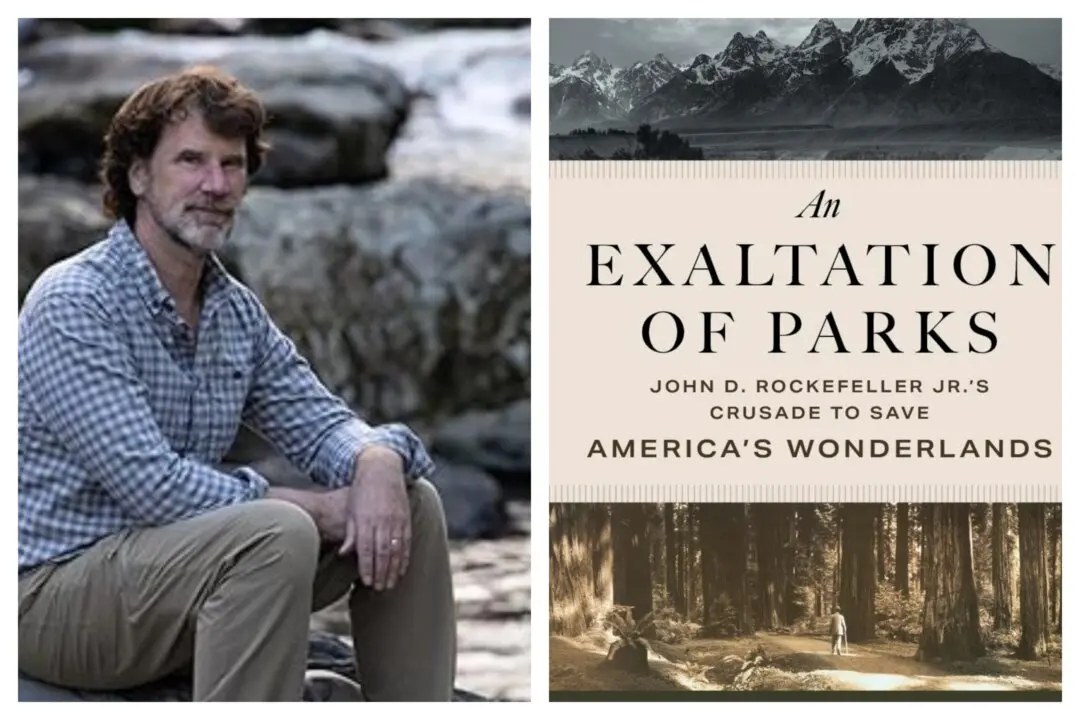The forested and grassy areas around America’s 26th national park belies what exists underneath. Kentucky’s Mammoth Cave National Park is considered the most extensive known cave system in the world, with more than 400 miles of explored passageways and many more expected to be discovered in the future.
During the War of 1812, the cave system offered a necessary chemical compound: saltpeter, a main ingredient in gunpowder. The war ended in 1815 and demand for the compound decreased. However, miners left the cave and passageways open, and as early as 1816, entrepreneurs, adventurers, spelunkers, and guides began converging on the area to capitalize on the tourism that such a natural wonder offered: stalactites, stalagmites, gypsum formations, eyeless creatures, and a room (rotunda) that is almost 11,000 square feet.





